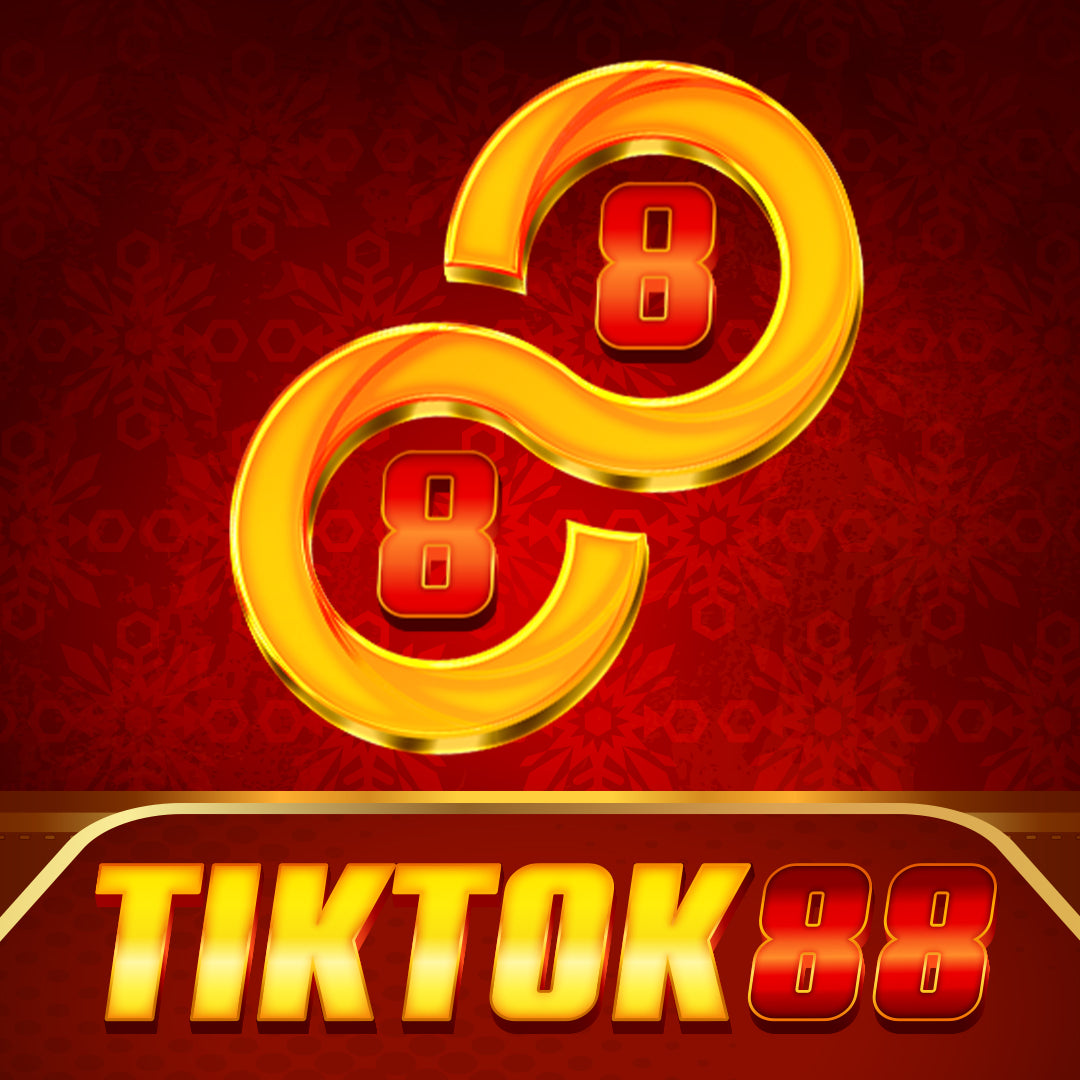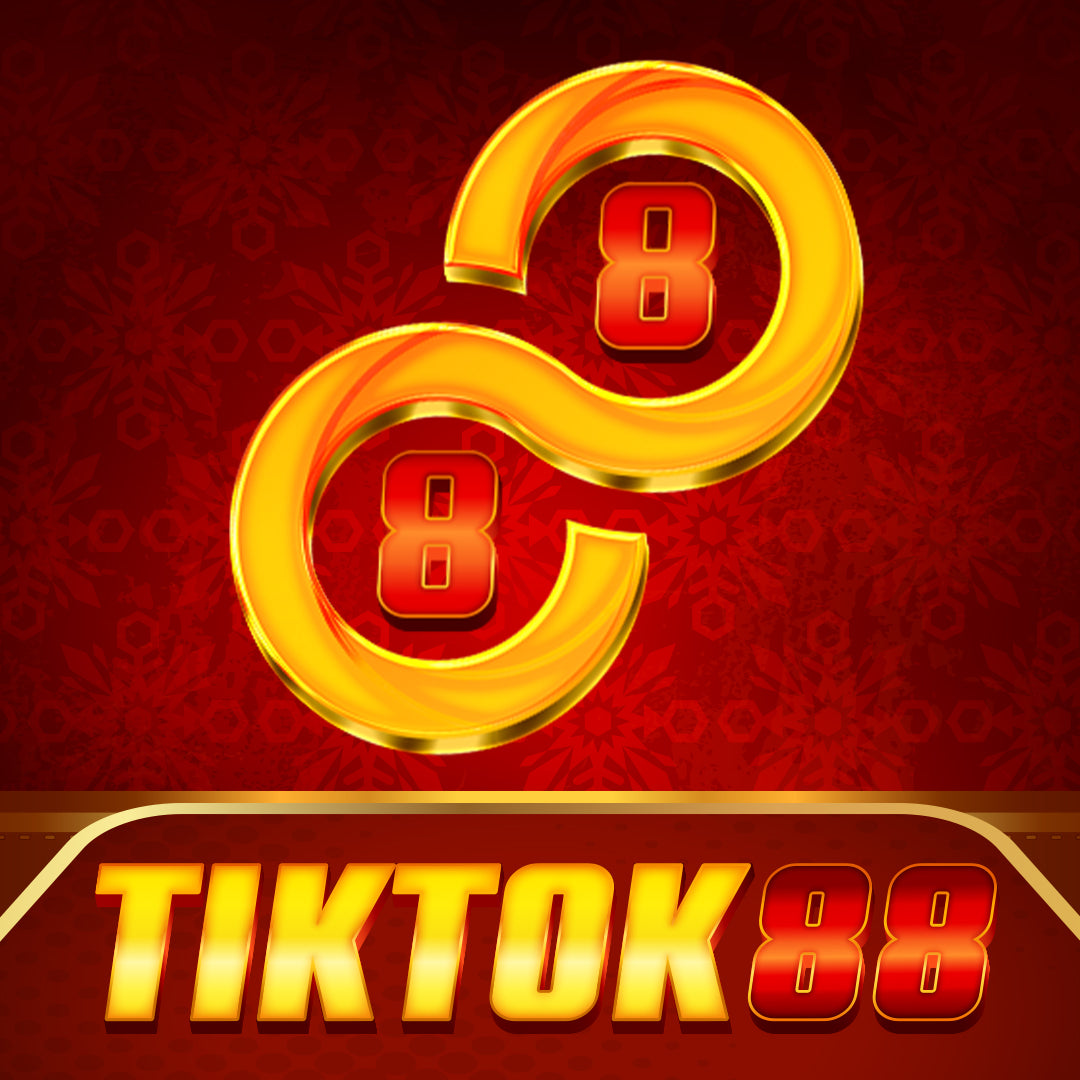1
/
of
1
TIKTOK88 - Tautan Registrasi Slot Maxwin Tiktok88
TIKTOK88 - Tautan Registrasi Slot Maxwin Tiktok88
Regular price
Rp 50.000,00 IDR
Regular price
Rp 500.000,00 IDR
Sale price
Rp 50.000,00 IDR
Unit price
/
per
Couldn't load pickup availability
Tiktok88 adalah situs slot dengan potensi maxwin terbaik yang bisa berikan setiap pemain dapatkan hadiah maxwin hanya dengan modal deposit receh dan itu semua bisa diraih melalui Tiktok88.
Share


